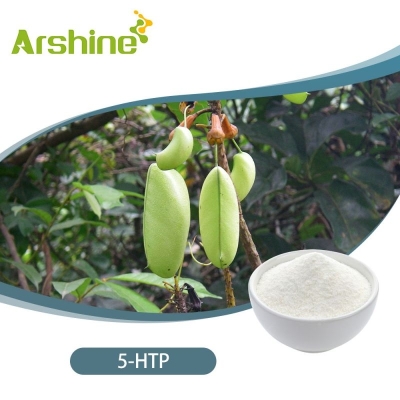-
Categories
-
Pharmaceutical Intermediates
-
Active Pharmaceutical Ingredients
-
Food Additives
- Industrial Coatings
- Agrochemicals
- Dyes and Pigments
- Surfactant
- Flavors and Fragrances
- Chemical Reagents
- Catalyst and Auxiliary
- Natural Products
- Inorganic Chemistry
-
Organic Chemistry
-
Biochemical Engineering
- Analytical Chemistry
- Cosmetic Ingredient
-
Pharmaceutical Intermediates
Promotion
ECHEMI Mall
Wholesale
Weekly Price
Exhibition
News
-
Trade Service
Rice is the world’s most important food crop. Indica-type rice provides the staple food for more than half of the world population. To satisfy the growing demand of the ever-increasing population, more sustained production of indica-type rice is needed. In addition, because of the high per capita consumption of indica rice, improvement of any traits including its nutritive value may have a significant positive health outcome for the rice-consuming population. Rice yield productivity is greatly affected by different biotic stresses, like diseases and insect pests, and abiotic stresses like drought, cold, and salinity. Attempts to improve resistance in rice to these stresses by conventional breeding through introgression of traits have limited success owing to a lack of resistance germplasm in the wild relatives. Gene transfer technology with genes from other sources can be used to make rice plants resistant or tolerant to insect pests, diseases, and different environmental stresses. For improving the nutritional value of the edible endosperm part of the rice, genes for increasing iron, β-carotene, or better quality protein can be introduced in rice plants by genetic engineering. Different crops have been transformed using various gene transfer methods, such as protoplast transformation, biolistic, and
Agrobacterium
-mediated transformation. This chapter describes the
Agrobacterium
-mediated transformation protocol for indica-type rice. The selectable marker genes used are hygromycin phosphotransferase (
hpt
), neomycin phosphotransferase (
nptII
), or phosphomannose isomerase (
pmi
), and, accordingly, the selection agents are hygromycin, kanamycin (G418), or mannose, respectively.







